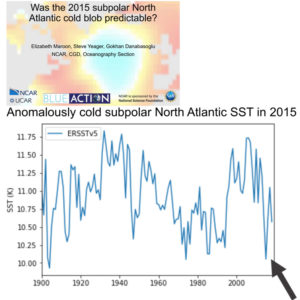by Cap Allon, August 25, 2020 in Electroverse
Antarctic air reaching Australia’s south east triggered snowfall down to low-lying regions across several states over the weekend and into Monday, with many people temporarily escaping house-arrest to enjoy the “once-in-a-15-year” event.
…

Heavy snow made for treacherous driving conditions near Old Adaminaby [Aug 23, 2020].
The town of Oberon received a record-breaking 20 cm (8 inches) of global warming goodness, the highest 24-hour snow total ever recorded outside of an Aussie alpine region. Traffic, predictably, was soon bumper-to-bumper through Hampton as tourists descended on Oberon to enjoy the snow–much to the chagrin of the local sheep. One Oberon resident reportedly bleated: “Let’s all go mingle with people from hot spots then risk taking something home. It will be so worth it.” And another jumbuck added: “I wonder what part of STAY AT HOME do all those idiots not understand.”
…
by K. Richard, August 24, 2020 in NoTricksZone
Ecological conditions for 3 temperature- and sea ice-sensitive species show the sub-Arctic North Atlantic has been cooling and gaining ice since 1940.
In recent months, several scientific publications have documented a dramatic cooling trend in the subpolar North Atlantic, with temperatures plummeting 2°C since 2008 (Bryden et al., 2020) or -0.78°C per decade since 2004 (Fröb et al., 2019). Maroon et al. (2020) even point out 2015 was the coldest of the last 100 years.
…

…
by K. Richard, August 20, 2020 in NoTricksZone
Clouds dominate as the driver of changes in the Earth’s radiation budget and climate. A comprehensive new analysis suggests we’re so uncertain about cloud processes and how they affect climate we can’t even quantify our uncertainty.
According to scientists (Song et al., 2016), the total net forcing for Earth’s oceanic atmospheric greenhouse effect (Gaa) during 1992-2014 amounted to -0.04 W/m² per year. In other words, the trend in total longwave forcing had a net negative (cooling) influence during those 22 years despite a 42 ppm increase in CO2. This was primarily due to the downward trend in cloud cover that overwhelmed or “offset” the longwave influence from CO2.
…
Cloud impacts on climate are profound – but so are uncertainties
The influence of clouds profoundly affects Earth’s radiation budget, easily overwhelming CO2’s impact within the greeenhouse effect. This has been acknowledged by scientists for decades.
Despite the magnitude of clouds’ radiative impact on climate, scientists have also pointed out that our limited capacity to observe or measure cloud effects necessarily results in massive uncertainties.
For example, Stephens et al. (2012) estimated the uncertainty in Earth’s annual longwave surface fluxes is ±9 W/m² (~18 W/m²) primarily due to the uncertainties associated with cloud longwave radiation impacts.
…
La géologie, une science plus que passionnante … et diverse


